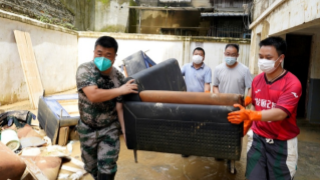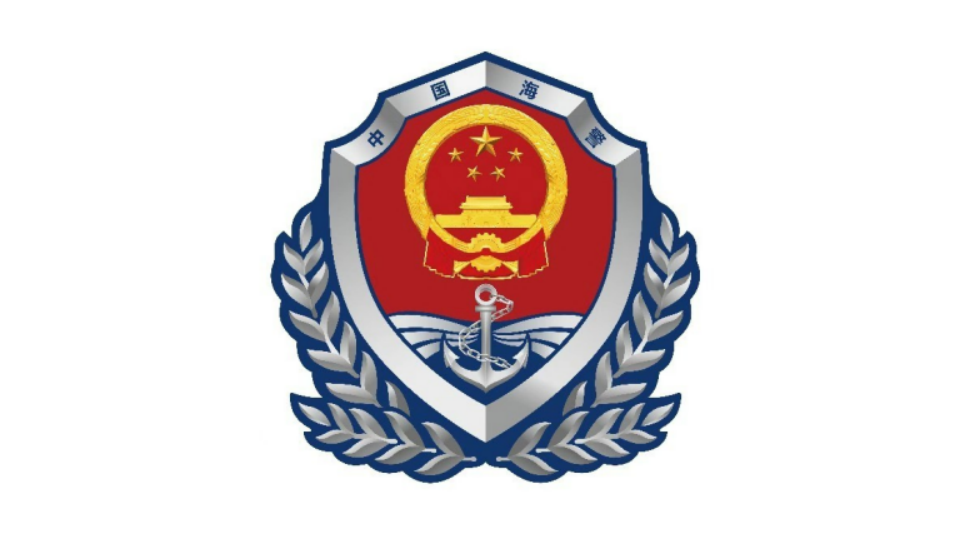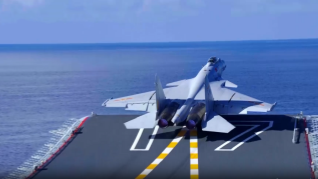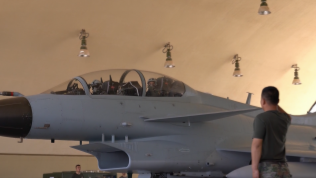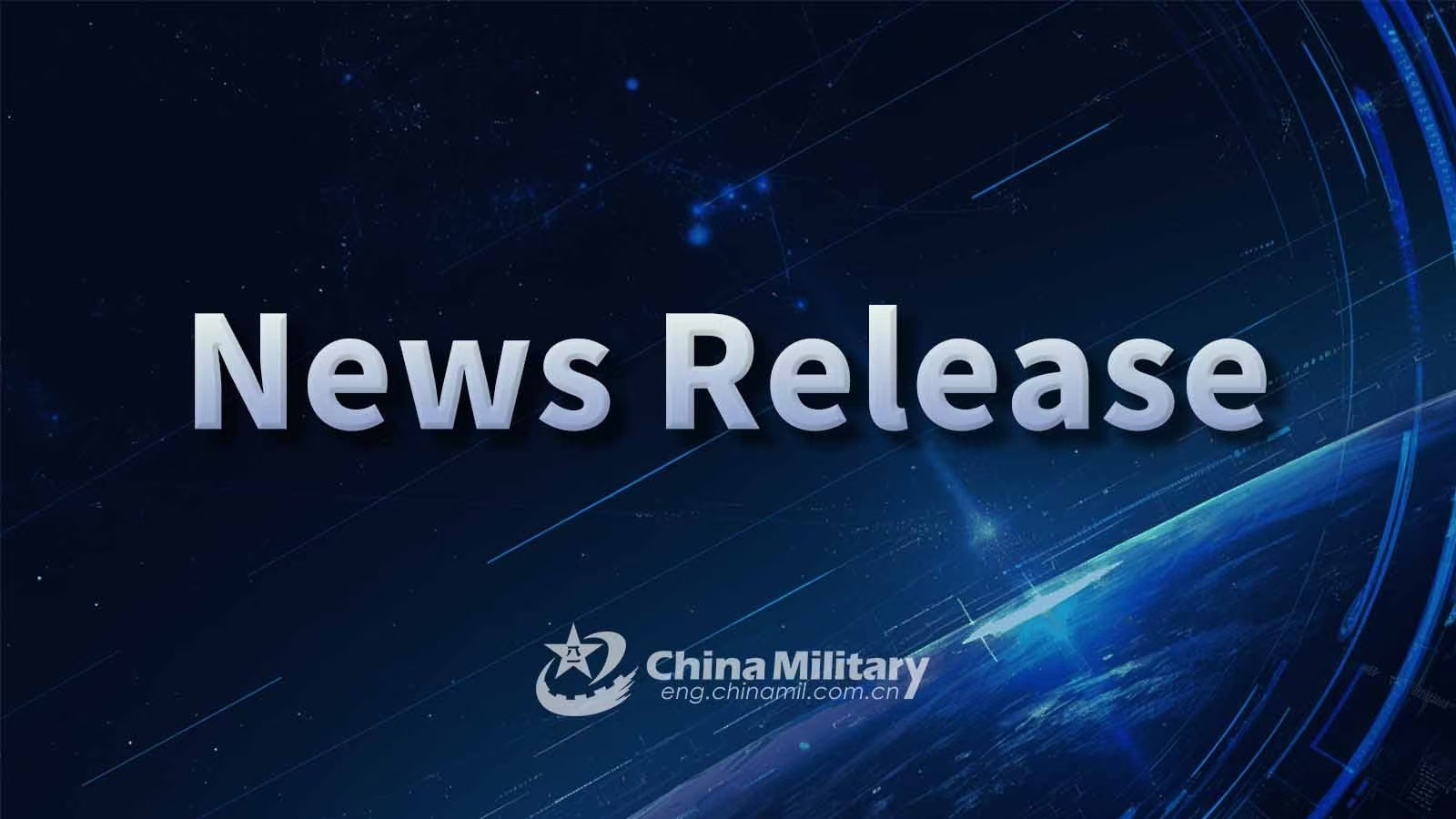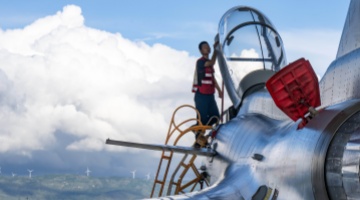By Huang Jiayu, Xu Juanjuan
Japanese Prime Minister Fumio Kishida announced on August 14 that he will not run for the September presidential election of the Liberal Democratic Party (LDP), which means he will step down as prime minister after a new LDP president is elected. During Kishida's term, Japan has been trying tirelessly to break away from the post-WWII system and accelerate its military development, displaying a series of dangerous tendencies in strategic adjustment, operations, and military buildup.
In terms of strategic adjustment, Japan has issued a series of strategic documents to quicken the transformation of its defense policy. After Kishida came into power, Tokyo rolled out various documents to make major adjustments to relevant strategies. At the end of 2022, it adopted three new security documents – the National Security Strategy (NSS), the National Defense Strategy (NDS), and the Defense Buildup Program, declaring its commitment to obtaining the ability to attack enemies. Later, the Defense Technology Guideline 2023 and the Basic Policy on Enhancing Defense Production and Technology Bases provided policy support for implementing the new security and defense strategies.
Moreover, the Defense White Paper 2023 specified seven fields of the fundamental enhancement of defense capabilities, including stand-off defense, integrated air and missile defense, and unmanned defense. The white paper, Defense of Japan 2024, further pointed out that the enhancement of relevant capabilities will shore up JSDF's short links in command and control, long-distance strikes, and logistics and replenishments, and reinforce its core capabilities such as unmanned defense, so as to maximize the usage of existing weapons and equipment to effect JSDF's fundamental change from being a "shield" to a "spear".
In terms of operations, Japan has stepped up its real-combat capabilities based on its actual situations. With the adjustment of the defense strategies, JSDF has continuously catered to actual operational needs, with a special focus on medium-and-long-range strikes, air and missile defense, and island-seizing operations that are highly relevant in real combat. The Kishida administration has especially promoted the construction of military strongholds on the southwestern islands, proposing that the JSDF should be able to quickly reach the islands in case of emergency by the fiscal year of 2027 at the latest.
In terms of military deployment, Japan stresses overall balance and agile maneuvers with a focus on the southwest direction. It has deployed a large number of troops on the southwestern islands, including Okinawa and Yaeyama, to enhance its control over the islands and the adjacent sea and airspace. In preparations and planning, Japan has set about forming an amphibious mobile brigade and reorganizing its ground troops for rapid response. At the same time, it has organized desktop and realistic "island-seizing" exercises to verify its defense and operational vision on the southwestern islands and enhance its off-island combat capabilities.
In terms of military development, Japan is aiming to fundamentally fortify its defense forces. To make Japan a so-called "military power", the Kishida administration has constantly increased the defense budget and security and defense investment. Japan's defense budget has been growing for 12 years in a row. The Defense White Paper 2023 proposed to increase the budget further to 2% of GDP in the next five years, on a par with NATO's defense budget level. It is said that Japan has already accomplished 42% of the budget hike as its defense expenditure is poised to reach 8.9 trillion Yen in the fiscal year of 2024, or 1.6% of GDP.
In addition to the incessant increase in the defense budget, the Kishida administration has also actively fostered aggressive military capabilities to, as it alleges, enhance its independent defense, in an attempt to form deterrence by taking preemptive steps. At the moment, the JSDF is purchasing more aggressive weapons while upgrading the traditional strategic weapons, fostering new combat forces, and developing high-tech equipment at a faster pace, so as to enhance its operational capabilities across the board.
While it is trying all means to break the restrictions of the Pacifist Constitution and hollow out the "exclusively defense-oriented policy", Japan has embarked on a development path deviating wildly from the pacifist route. Considering that Tokyo has never truly and sincerely reflected on its aggressive history and war crimes, its current dangerous moves in the military and security domains are indeed unsettling its Asian neighbors and the international community and call for high vigilance from all parties.
(The authors are from the PLA Academy of Military Science)





